
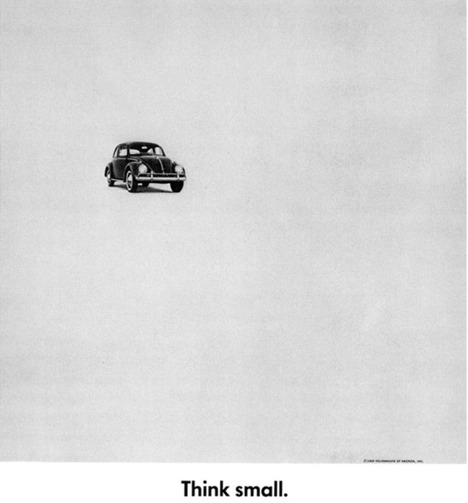
Slow food has evolved into slow cities, slow design and more; it is a useful meme for the idea that you take it slow, do it carefully, do it right and take the time to enjoy it. However I have come to believe that we need another movement, a new Small Movement, where less is truly more. In everything we do, smaller is cheaper, more efficient and has a lower carbon footprint. After my first inspiration from Steve Martin, I went to an earlier source: Small is Beautiful by E F Schumacher. Back in 1974, Schumacher called the modern economy unsustainable, as natural resources were treated as expendable income rather than capital, so we would run out of them. He put forward an idea of "enoughness," a word to remember.
"Ever bigger machines, entailing ever bigger concentrations of economic power and exerting ever greater violence against the environment, do not represent progress: they are a denial of wisdom. Wisdom demands a new orientation of science and technology towards the organic, the gentle, the non-violent, the elegant and beautiful."
And Small.
A recent spate of articles got the small ball rolling:
The Small House
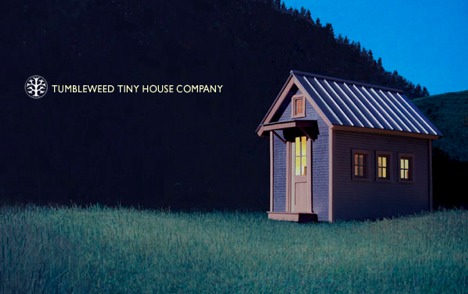
Small houses have been growing as of late; in last week's New York Times article on Jay Shafer's Tumbleweed Tiny Houses, Stephen Kurutz called it a movement, whose adherents believe in minimizing one's footprint -- structural as well as carbon -- by living in spaces that are smaller than 1,000 square feet and, in some cases, smaller than 100. Tiny houses have been a fringe curiosity for a decade or more, but devotees believe the concept's time has finally arrived."
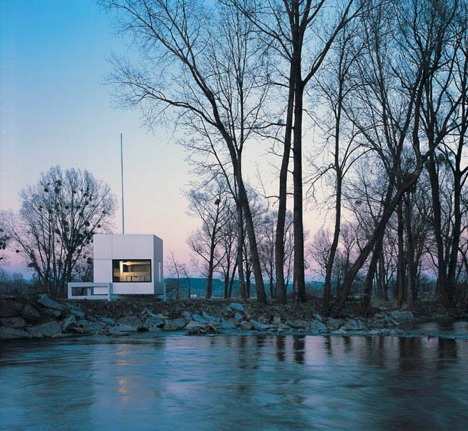
 The Tumbleweeds are not the only design around but they get a lot of attention because they are so very small and so very cute. However there is a small modern movement happening as well, with the Micro Compact Home,
The Tumbleweeds are not the only design around but they get a lot of attention because they are so very small and so very cute. However there is a small modern movement happening as well, with the Micro Compact Home,

and we certainly have trowelled on the pixels for the Sustain Minihome. It isn't just about frugal living; it is also about taking up less space, using fewer resources and significantly reducing our carbon footprints. It is about building healthy and building well instead of building big.
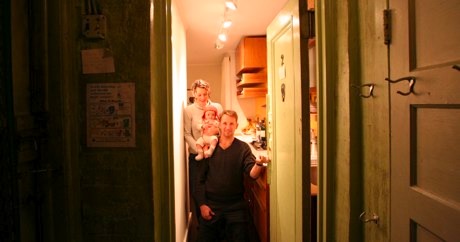
It isn't just cabins in the woods, either; Max and Kate of Apartment therapy demonstrate how a family of three can live comfortably in 265 square feet if it is well-designed.
More on the Small House:
Tumbleweed Tiny House Company
It's a Small House After All
Very Small Homes : TreeHugger
Sometimes , Less is just Less : the 250 SF Condo for $279K : TreeHugger
The Small Car
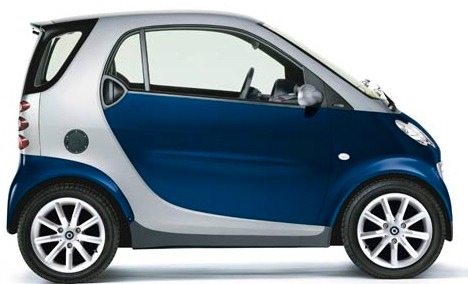
Andy Revkin of the NY Times then wrote about the automotive equivalent, the small car. Like the small house, they use far less fuel, take up less space, and take less material to build.
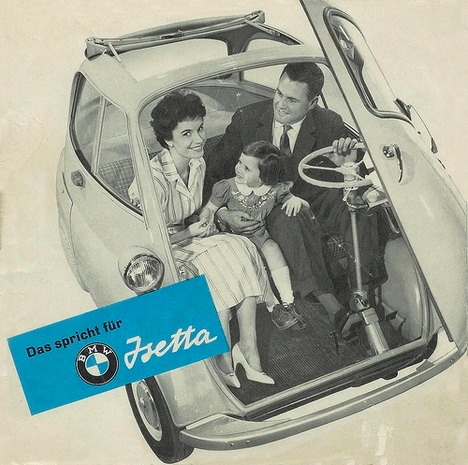
I have certainly been promoting these, along with lower speed limits, as a way of drastically reducing fuel consumption and greenhouse gas emissions. "We don't need hydrogen cars and new technology, we just need better, smaller designs, lower speed limits and no big SUVs on the road to squish them."
More on Small Cars:
Toyota iQ: The Smallest Four-Passenger Car in the World : TreeHugger
Small Cars "Almost Cheaper Than Walking" : TreeHugger
Smart Car : How Smart Is It? : TreeHugger
I would add a number of other categories to the small revolution:
Small Food

The UN's Food and Agriculture Organisation has estimated that meat production accounts for nearly a fifth of global greenhouse gas emissions.
Rajendra Pachauri, chairman of the UN Intergovernmental Panel on Climate Change (IPCC), recently suggested that because the production of meat is so carbon intensive, cutting back on it would be a very effective way of reducing carbon dioxide emissions. "Give up meat for one day [a week] initially, and decrease it from there."
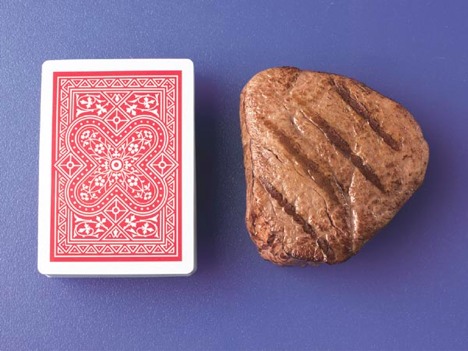
However there is perhaps another way to cut back without cutting out meals, that would lead to a much healthier population: eat the recommended portions for good health- eat small. Kelly Rossiter answered the question on Planet Green: How Much is Enough to Eat?
"So let's take a look at dinner and build of plate of what you should be eating. Let's start with the protein. Most people decide what meat they want to eat and then build their meal around that. That's fine, but bear in mind that the meat should always be the smallest thing on your plate. Dietitians have figured out all kinds of mnemonics to help people visualize what the portion size should be. With meat, think of a portion which is no larger than a deck of cards. 3 ounces of lean meat (or chicken or fish) is one serving."
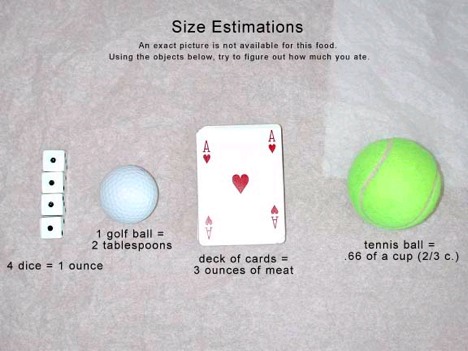
That's small, but as Schumacher might say, it has enoughness. A small food diet is cheaper, healthier, has a lower carbon footprint and we are all slimmer and better looking. What's small about that?
More on Food Portion Size and Waste
Britons Waste $20bn Worth of Food a Year
Foodprint: The Surprising Ecological Footprint of a Little Meat
UN Expert Says Eat Less Red Meat To Reduce CO2 Emissions
The Small Mart

Michael Shuman explains how much better the Small-mart is for us and our neighbours. He describes LOIS, or Local Ownership/ Import Substitution:
LOIS businesses are long term wealth generators where the money mostly stays in the place where it is generated;
LOIS businesses are smaller, so there are fewer destructive exits. When your town is dependent on one big company and it leaves, goodbye town economy.
LOIS businesses have higher economic multipliers- in one study comparing two bookstores in Austin, economists found that 13 dollars out of every hundred spent in Borders stayed in town, whereas in the local bookshop, 45 dollars circulated in Austin.
Shuman lays out a plan that consumers should consider to support LOIS, and points out that you will not spend more but less money. Drink local craft beer and wine; find local entertainment; eat out locally rather than in the chains; cut auto use; get your mortgage from a credit union. Think Small and local.

Seth Godin noted that small, clever, honest and real businesses and ideas will succeed; big is slow, boring and broken. When it comes to doing business, if we want our communities to survive and even thrive, Small is the New Big.
Small Cities

Jim Kunstler writes in Freakonomics
"We face an epochal demographic shift, but not the one that is commonly expected: from suburbs to big cities. Rather, we are in for a reversal of the 200-year-long trend of people moving from the farms and small towns to the big cities. People will be moving to the smaller towns and smaller cities because they are more appropriately scaled to the limited energy diet of the future. I believe our big cities will contract substantially -- even if they densify back around their old cores and waterfronts. They are products, largely, of the 20th-century cheap energy fiesta and they will be starved in the decades ahead."
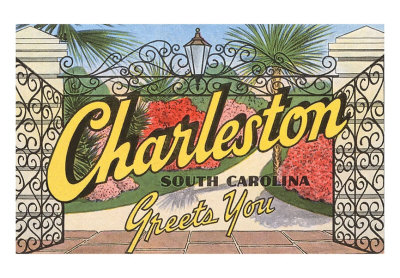
When we run out of oil, it will be useful to have agricultural areas convenient to where we live. It will be more comfortable not having to climb twenty flights of stairs to our freezing glass apartment. It will be convenient to have shopping on a main street that is within walking distance.
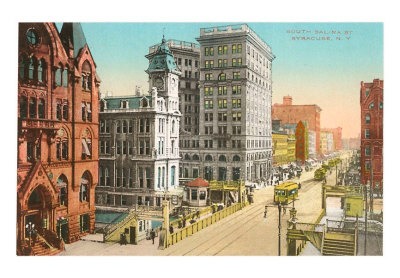
Even if it does not get as bad as Kunstler suggests, the smaller cities and towns may well be the more comfortable and energy-efficient places to live. While New York may now use the least amount of energy per capita, that calculation doesn't take into account the inputs, the energy necessary to get everything into New York.
We have noted many times that smaller cities in the Northeast of the US have rail, canal and road infrastructure that is unmatched in America. It has water, great agricultural land and people don't need air conditioning. People are even moving back to Buffalo.
A Small Life
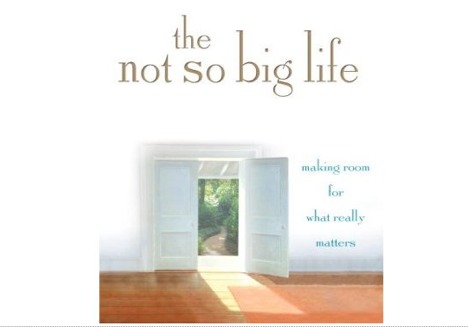
Sarah Susanka notes that the "bigger-is-better idea that triggered the explosion of McMansions has spilled over to give us McLives." She proposes the not-so-big life, and suggests that it is not such a big deal to accomplish.
It is a not-so-bad idea. Living the small life might be fun, cheap and a lot easier on the environment. It might even become a movement.